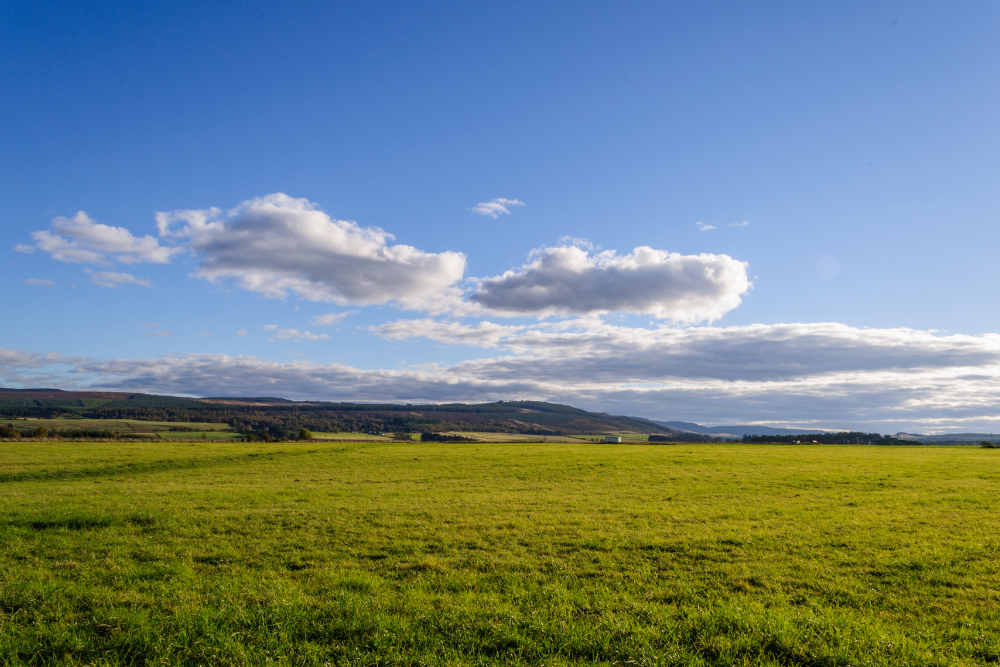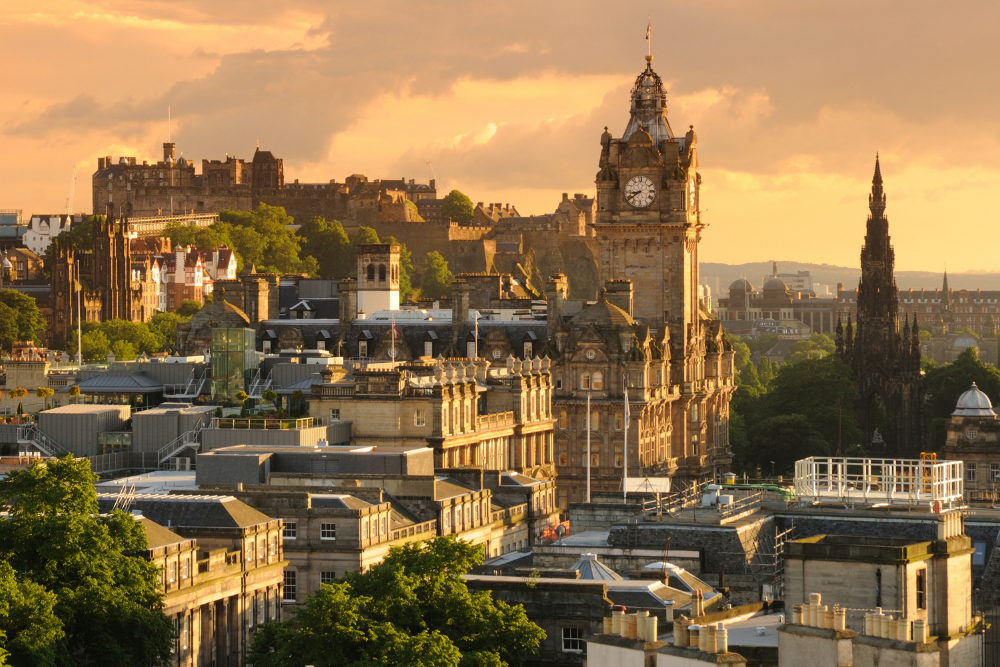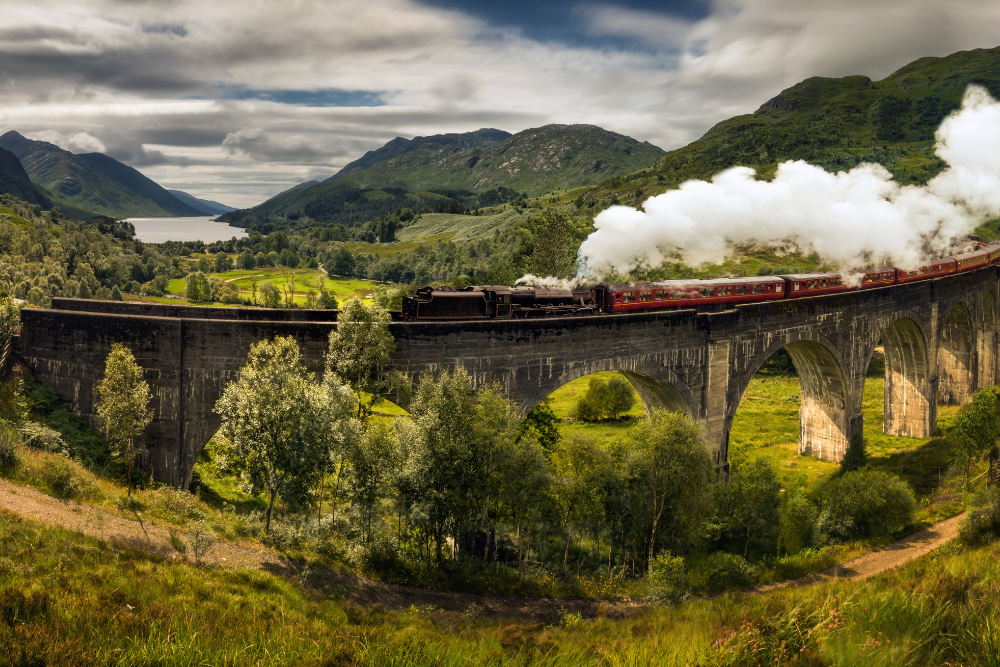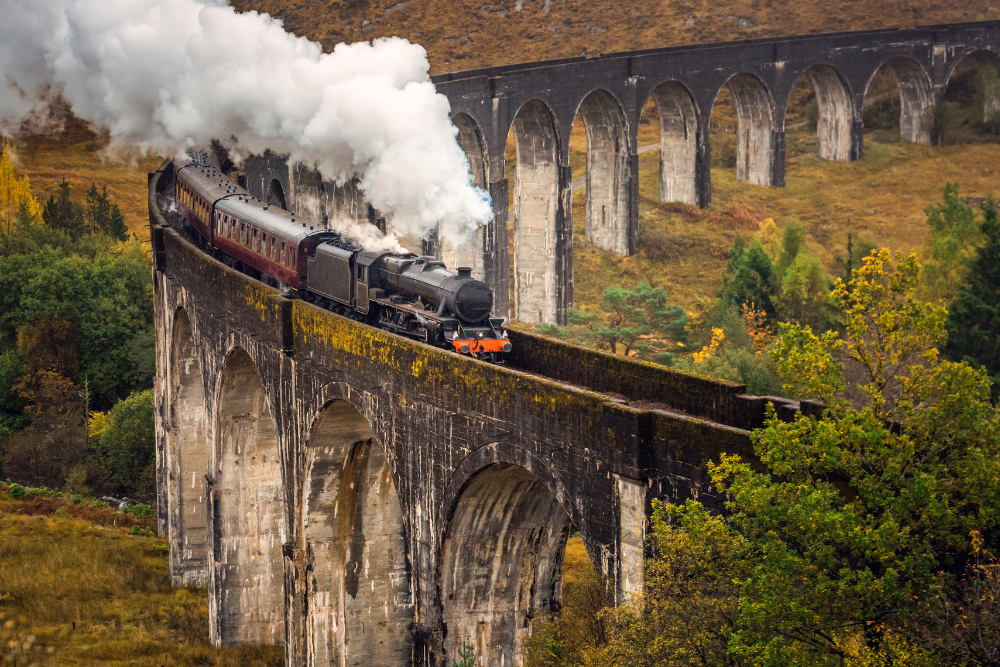The Jacobite Rebellion, a series of uprisings in the 17th and 18th centuries, was one of the most turbulent and dramatic periods in Scottish history. It was driven by the desire of the supporters of the House of Stuart to restore James II of England (and VII of Scotland) and his descendants to the throne, following the Glorious Revolution of 1688, which saw William of Orange take the throne instead. The rebellion culminated in the 1745 uprising led by Charles Edward Stuart, known as Bonnie Prince Charlie, which ended in defeat at the Battle of Culloden.
Today, the legacy of the Jacobite Rebellion can be experienced through numerous historical sites across Scotland, many of which are deeply connected to the events of this turbulent time. These sites offer a fascinating glimpse into the Jacobite cause, their battles, and the cultural impact they had on Scotland. Let’s explore some of the most significant places you can visit to connect with Scotland’s Jacobite past.
1. Culloden Battlefield – Inverness
Perhaps the most famous site associated with the Jacobite Rebellion is Culloden Battlefield, located just outside Inverness in the Scottish Highlands. This is the site of the final and decisive battle of the Jacobite Uprising of 1745, where Bonnie Prince Charlie’s army of Highlanders faced off against government forces on April 16, 1746.
Highlights:
- Culloden Visitor Centre: The state-of-the-art visitor centre offers detailed exhibits about the battle, the Jacobite army, and the aftermath. Interactive displays allow you to explore the stories of the soldiers who fought on both sides, as well as the strategic significance of the battle.
- Battlefield Tour: You can take a guided or self-guided tour of the battlefield, where you’ll see the traditional stone cairns marking the graves of the fallen Jacobite soldiers. The site offers a deep sense of history, with traces of the battle still visible in the landscape.
- Memorial Stones: On the battlefield itself, you’ll find memorial stones commemorating the clans that fought in the battle. These stones stand as a reminder of the personal and clan-based nature of the conflict.
2. The Jacobite Trail – Highland Region
The Jacobite Trail is a route that connects several key locations related to the Jacobite uprisings in the Scottish Highlands. It offers a deeper understanding of the Jacobite story, focusing on sites that were important to the Stuart supporters during both the 1715 and 1745 uprisings.
Highlights:
- The Clan Donald Centre (Isle of Skye): On the Isle of Skye, the Clan Donald Centre provides a glimpse into the life of Clan Donald, one of the most influential clans involved in the Jacobite cause.
- Inverness and Loch Ness: Inverness was a major centre during the Jacobite uprisings. You can also explore nearby Loch Ness, where Bonnie Prince Charlie briefly stayed during his flight after the Battle of Culloden.
- Fort William: This town was a strategic location during the 1745 uprising. The Jacobites briefly took control of Fort William before being forced to retreat after Culloden.
3. Stirling Castle – Stirling
Stirling Castle played a crucial role during the Jacobite uprisings, particularly during the 1715 rebellion, when it was captured by the Jacobites, but later retaken by government forces. The castle’s strategic position on a rocky outcrop above the town of Stirling made it a key military site throughout Scottish history.
Highlights:
- Jacobite Connections: Stirling Castle was heavily involved in the Jacobite wars. During the 1715 rising, the castle was one of the Jacobites’ major successes, though it was eventually retaken by government forces.
- Exhibitions: The castle features exhibits on the Jacobite period, including displays of weaponry, uniforms, and military strategies. The castle’s history from medieval times to the Jacobite Rebellions is detailed in these exhibits.
- The Royal Palace: Although not directly related to the Jacobites, the Royal Palace in the castle is an impressive and beautiful site where visitors can learn about the royal history of Scotland, which includes the Stuarts.
4. Bonnie Prince Charlie’s House – Glenfinnan
One of the most iconic sites associated with Bonnie Prince Charlie and the Jacobite Rebellion is the Glenfinnan Monument, located on the shores of Loch Shiel in the Scottish Highlands. This monument commemorates the spot where Bonnie Prince Charlie raised his standard in 1745, marking the start of the Jacobite uprising.
Highlights:
- Glenfinnan Monument: The monument itself stands tall on the shores of Loch Shiel, symbolizing the moment when the Jacobites rallied behind the Prince. The views from the monument are breathtaking, offering an incredible sense of the landscape that the Jacobites fought for.
- Glenfinnan Visitor Centre: The visitor centre offers exhibits on the Jacobite Rebellion, detailing the events of 1745, the role of Bonnie Prince Charlie, and the cultural significance of the uprising in Scottish history. The centre also offers historical information about the surrounding area and its connection to the rebellion.
5. Edinburgh Castle – Edinburgh
Edinburgh Castle is one of Scotland’s most famous and historically significant landmarks. The castle was involved in several pivotal moments during the Jacobite uprisings. It was a royal stronghold for much of Scotland’s history and played a key role during the 1715 uprising when it was held by government forces.
Highlights:
- Jacobite Rebellions Exhibits: The castle includes exhibits on the Jacobite uprisings, where visitors can learn about the battles and key figures in the rebellion, such as Bonnie Prince Charlie and his supporters.
- The Crown Jewels of Scotland: While not directly tied to the Jacobites, the Crown Jewels of Scotland are on display at Edinburgh Castle, representing the monarchy that the Jacobites were seeking to restore.
- Military History: Edinburgh Castle also houses the National War Museum of Scotland, where you can explore the military artifacts and weapons used during the Jacobite Rebellions.
6. The Royal Mile – Edinburgh
The Royal Mile in Edinburgh, which runs from Edinburgh Castle to the Palace of Holyroodhouse, is rich in Jacobite history. During the 1745 uprising, Edinburgh was the site of major Jacobite activity, including Bonnie Prince Charlie’s entry into the city.
Highlights:
- The Old Town: Wander through the cobbled streets of the Old Town, where Bonnie Prince Charlie stayed during his time in Edinburgh. Some of the buildings and locations you’ll pass were integral to the Jacobite cause.
- The Palace of Holyroodhouse: This palace was the official residence of the monarchs of Scotland, and it was one of the sites associated with the 1745 uprising. Bonnie Prince Charlie made his headquarters here during his campaign.
- Jacobite Walking Tours: For a more immersive experience, consider taking a guided Jacobite walking tour of Edinburgh, where knowledgeable guides will point out key sites and provide detailed information on the Jacobite Rebellions.
7. The Jacobite Steam Train – Fort William to Mallaig
For a unique and scenic way to connect with Jacobite history, take a ride on the Jacobite Steam Train from Fort William to Mallaig. This heritage railway line takes you on a journey through the stunning landscapes of the Scottish Highlands, including views of locations significant to the Jacobite uprisings.
Highlights:
- Glenfinnan Viaduct: One of the most iconic sights along the route is the Glenfinnan Viaduct, famous for its appearance in the Harry Potter films. However, it is also historically significant to the Jacobites, as it runs through the area near where the Prince’s army gathered before heading south in 1745.
- Scenic Views: As you travel, you’ll pass through some of the most beautiful and remote parts of Scotland, giving you a sense of the landscape that the Jacobites fought to preserve.
Conclusion
Scotland’s Jacobite history is an integral part of its cultural heritage, and there are countless historical sites that allow you to walk in the footsteps of the Jacobites. From the iconic battlefield at Culloden to the majestic ruins of Stirling Castle and the poignant monument at Glenfinnan, these sites provide invaluable insights into the story of Bonnie Prince Charlie, the battle for the Scottish throne, and the passionate people who fought for it. Visiting these locations offers not just a look at history, but also a deeper understanding of Scotland’s complex and dramatic past.












